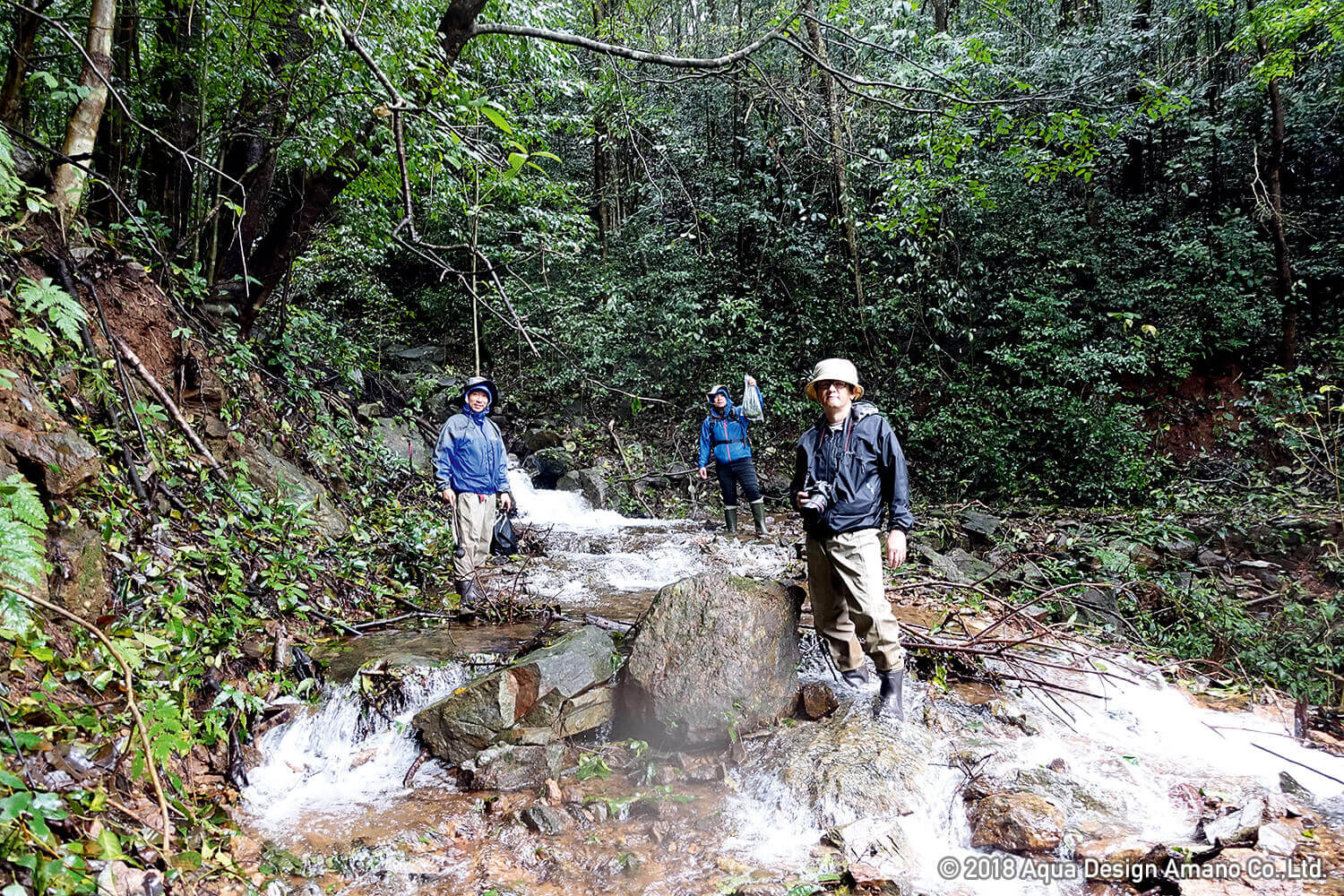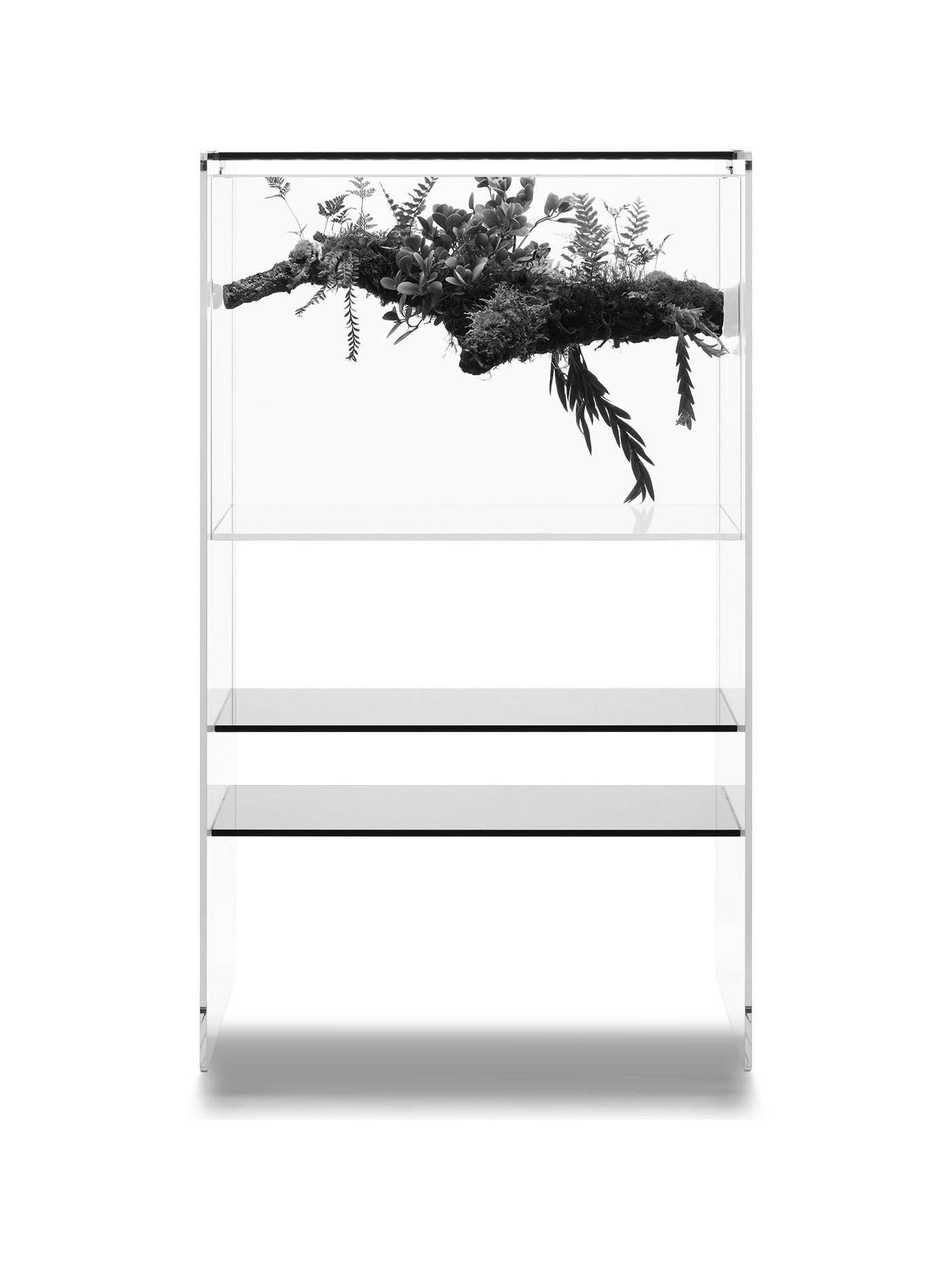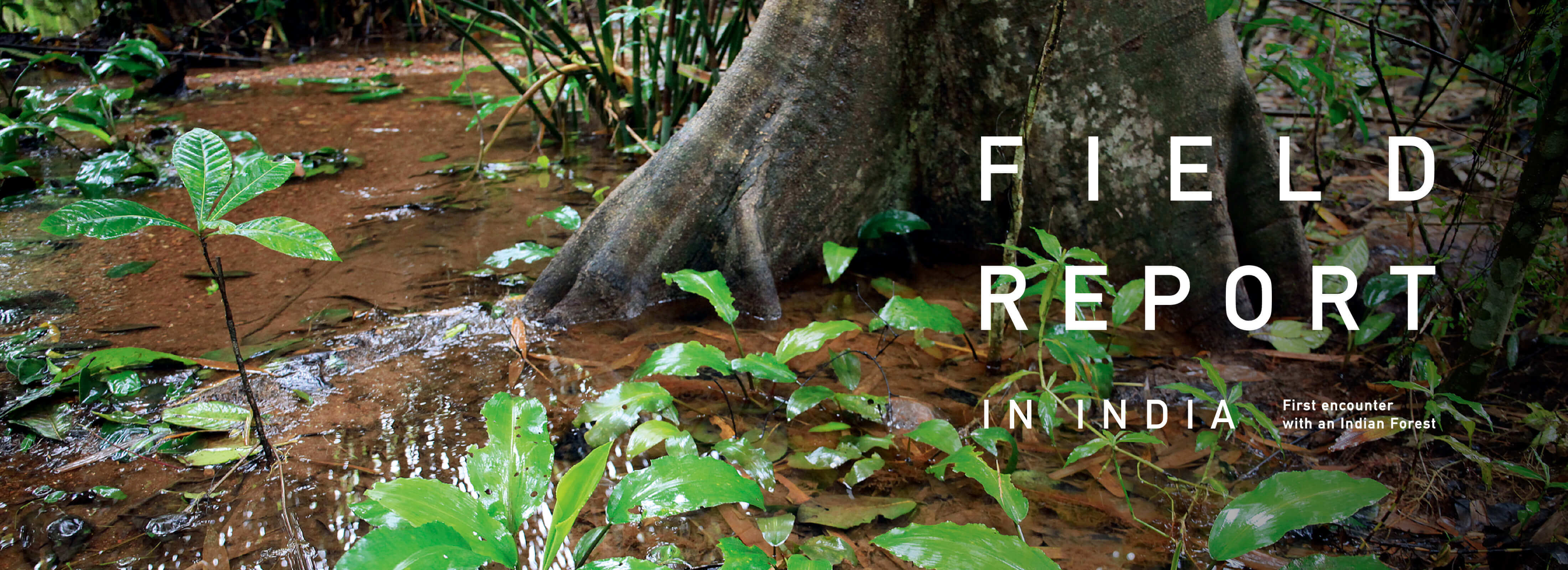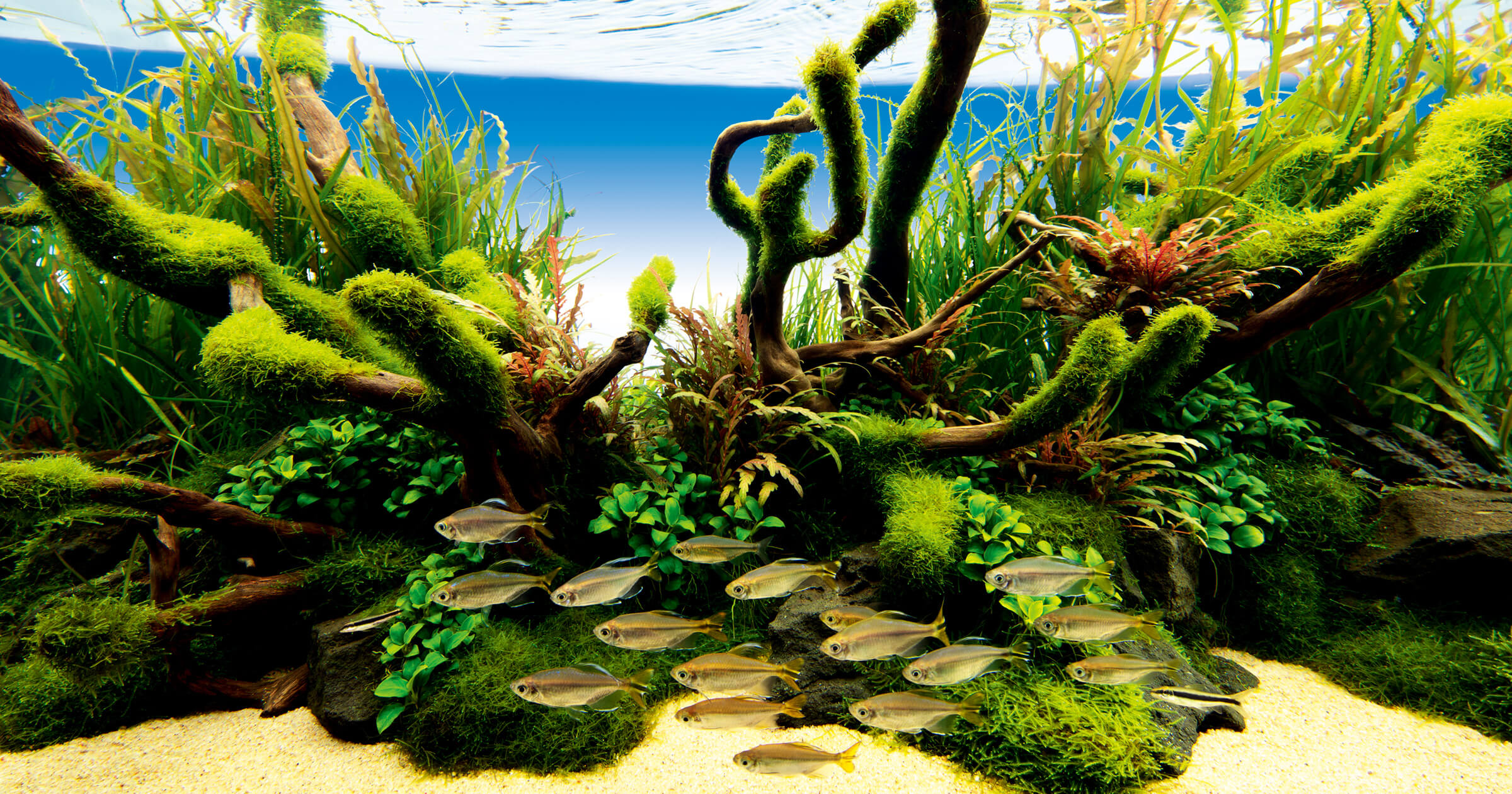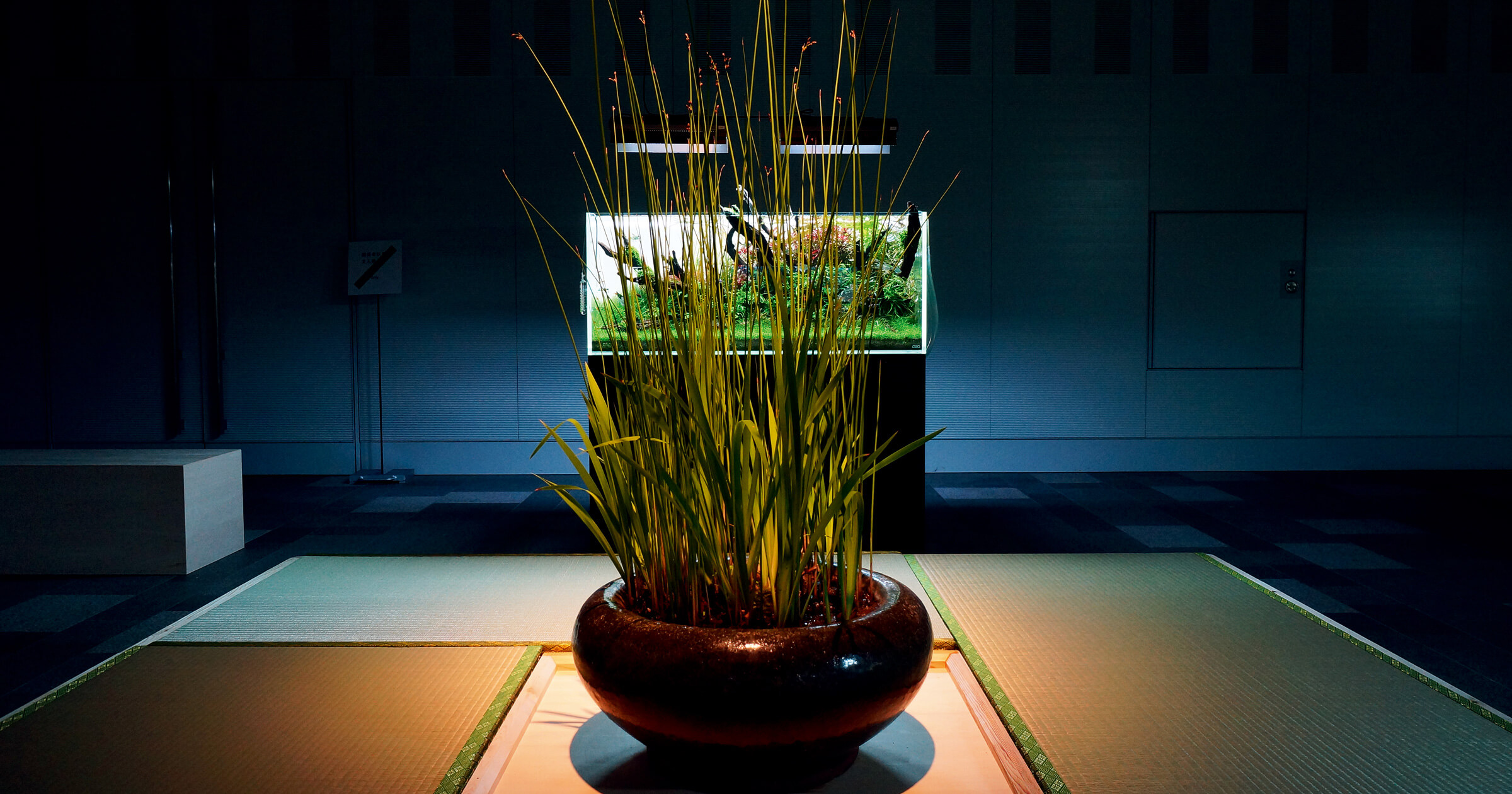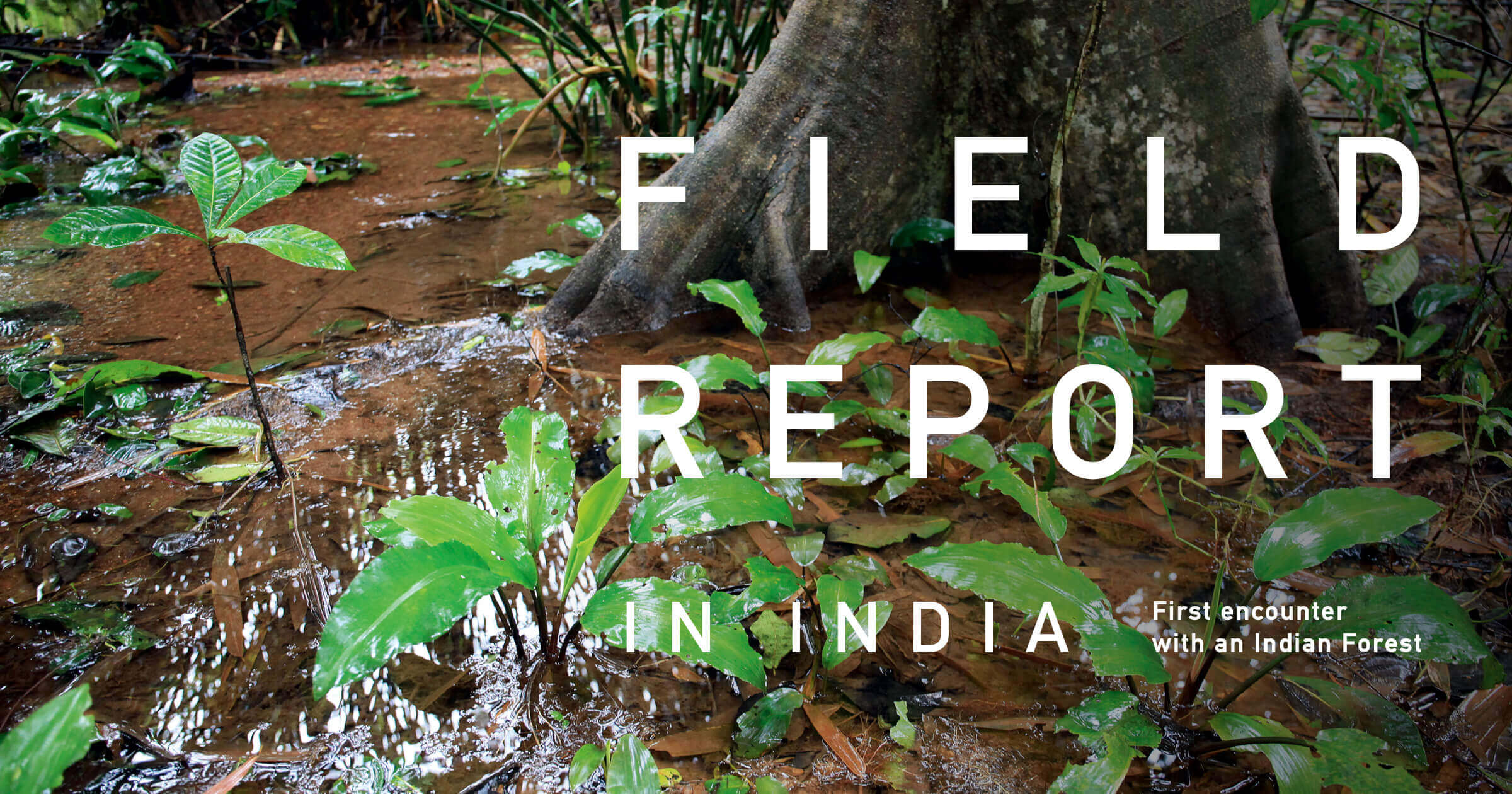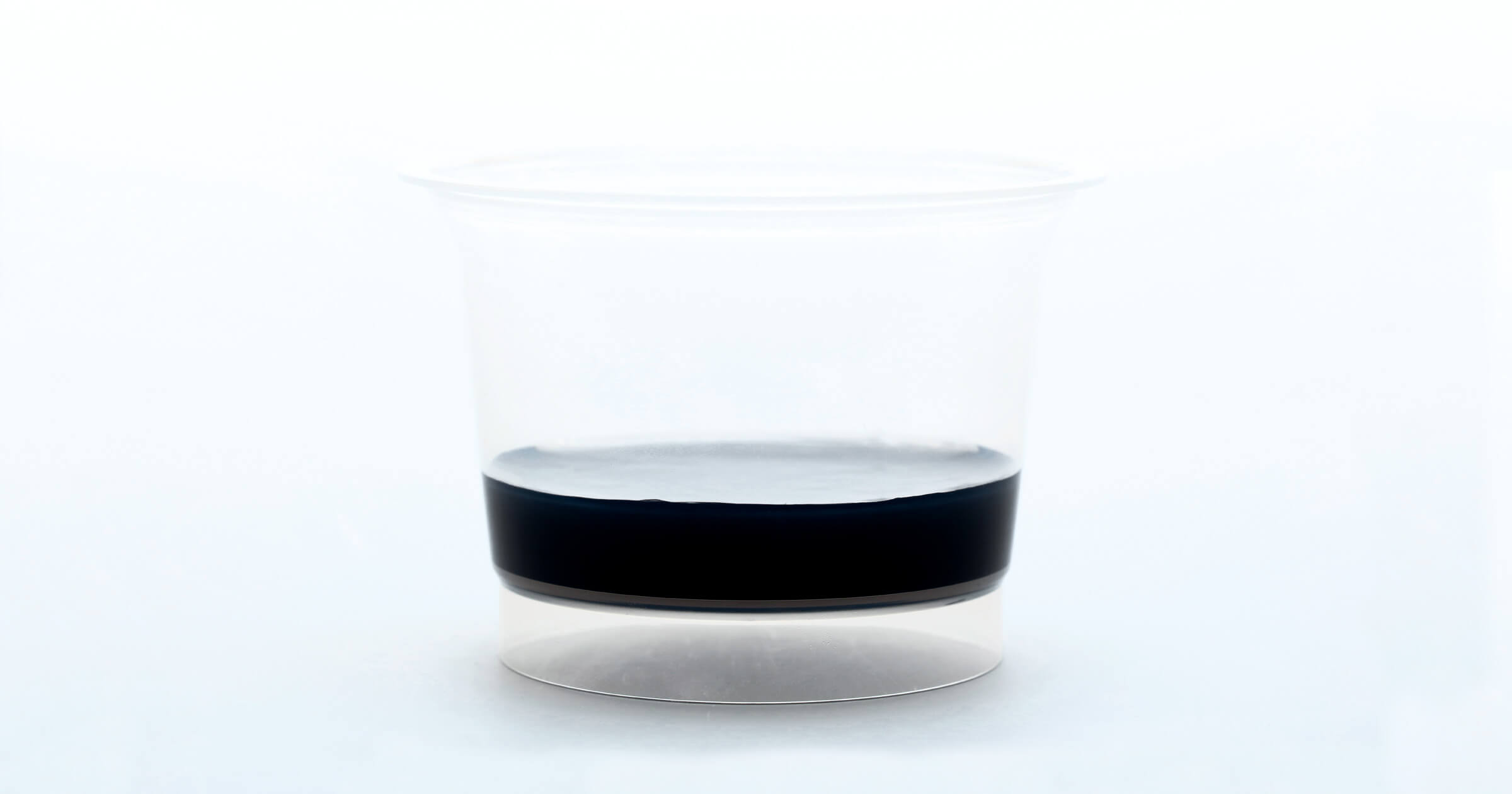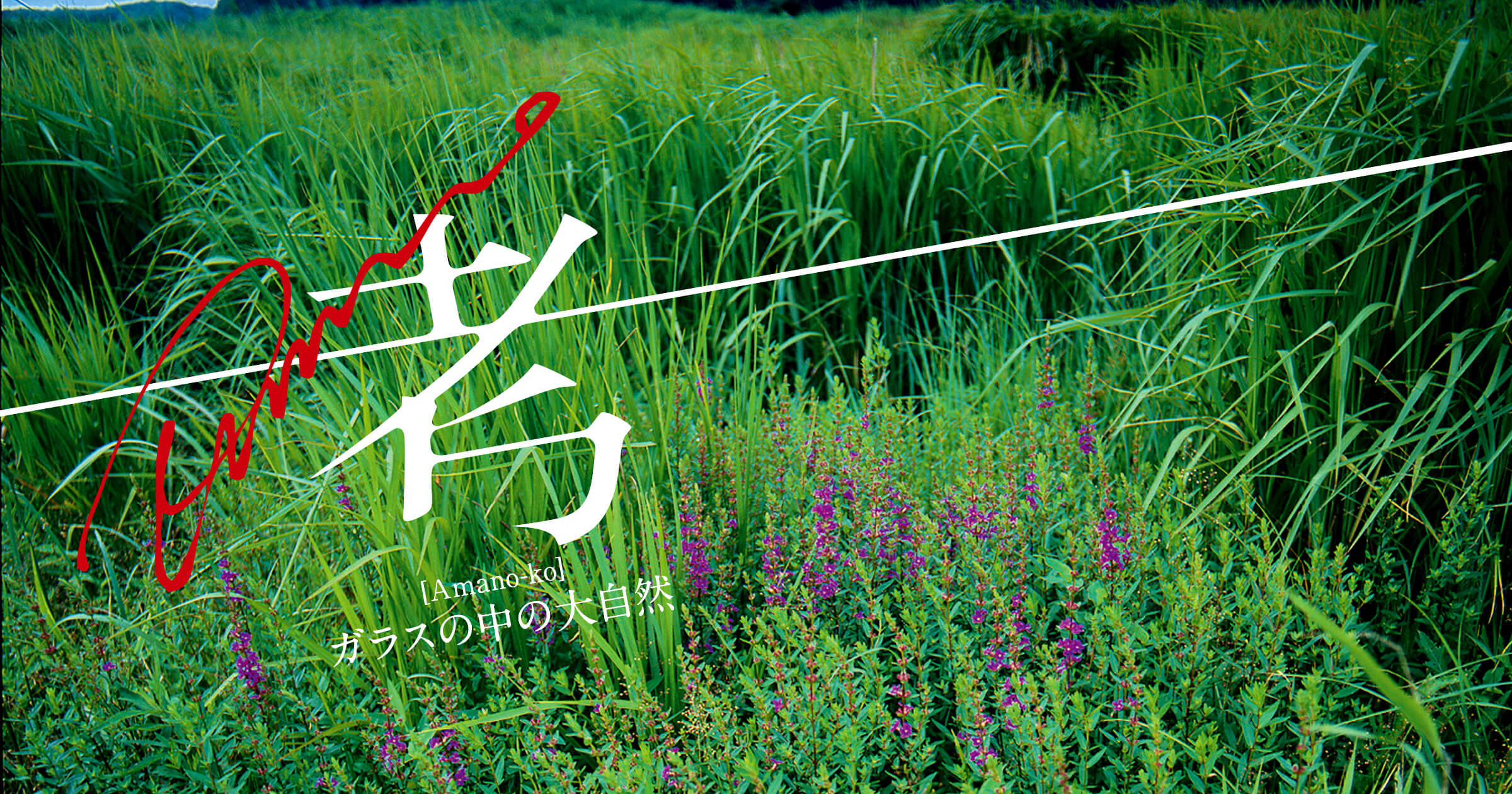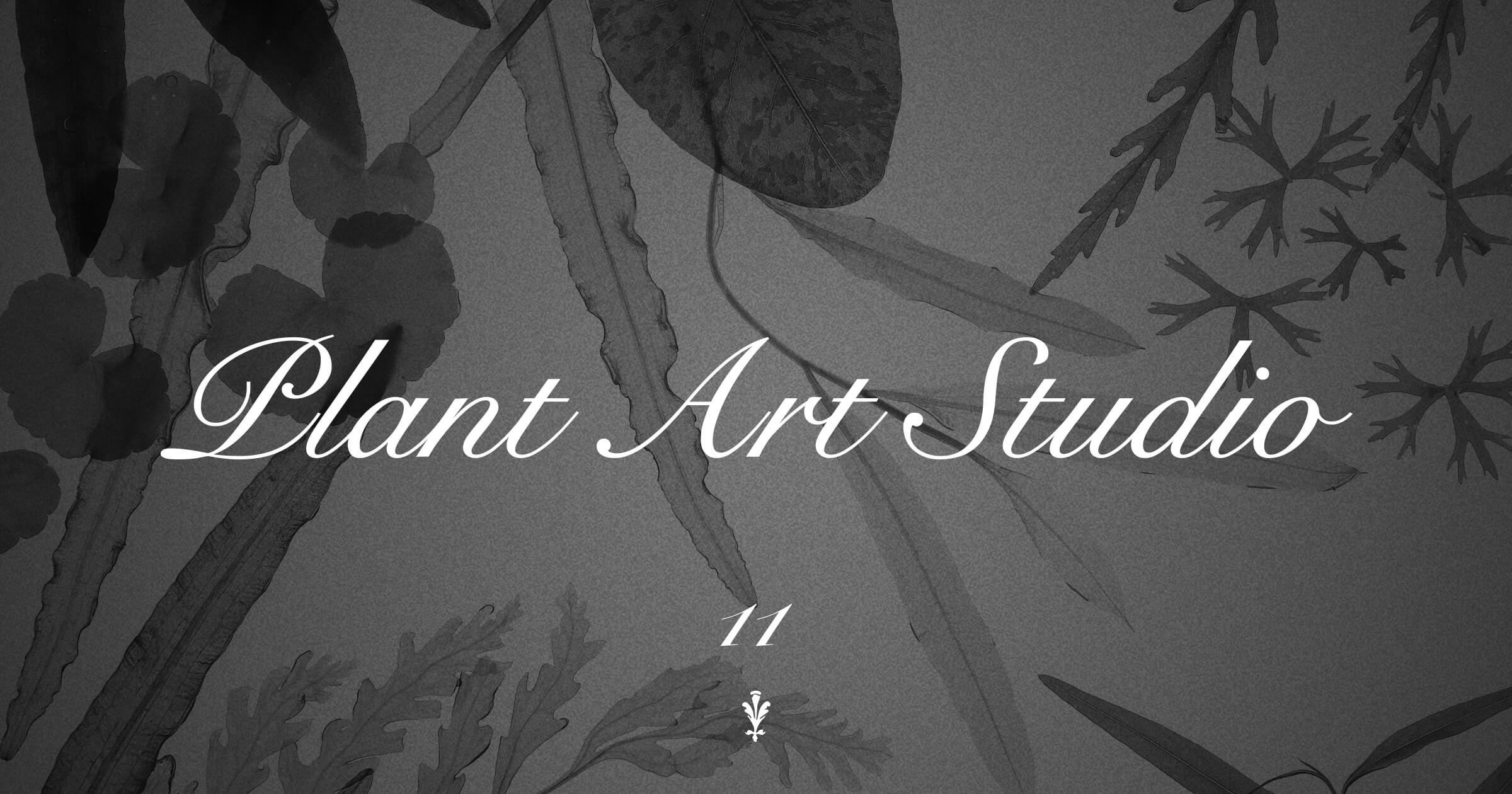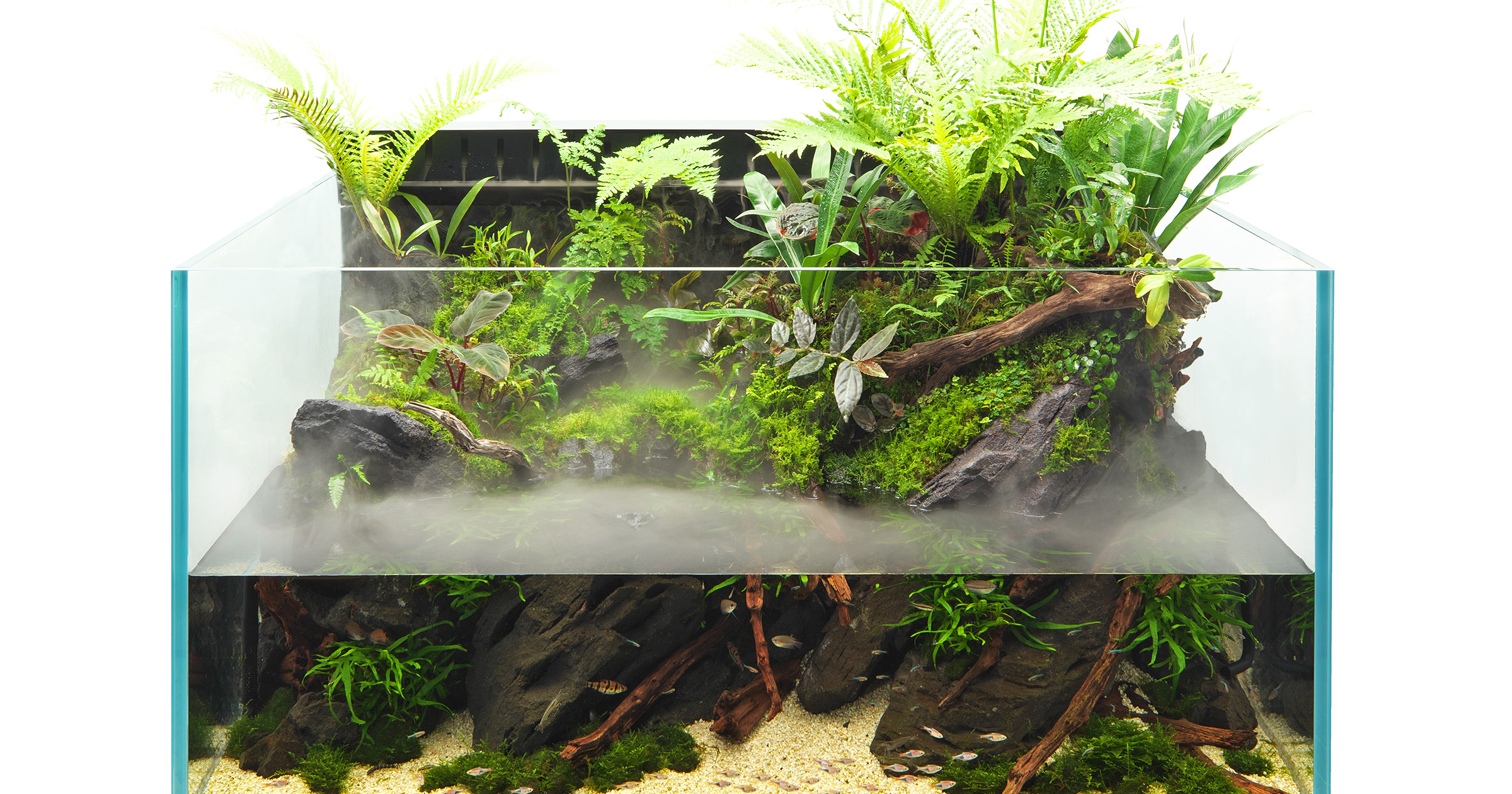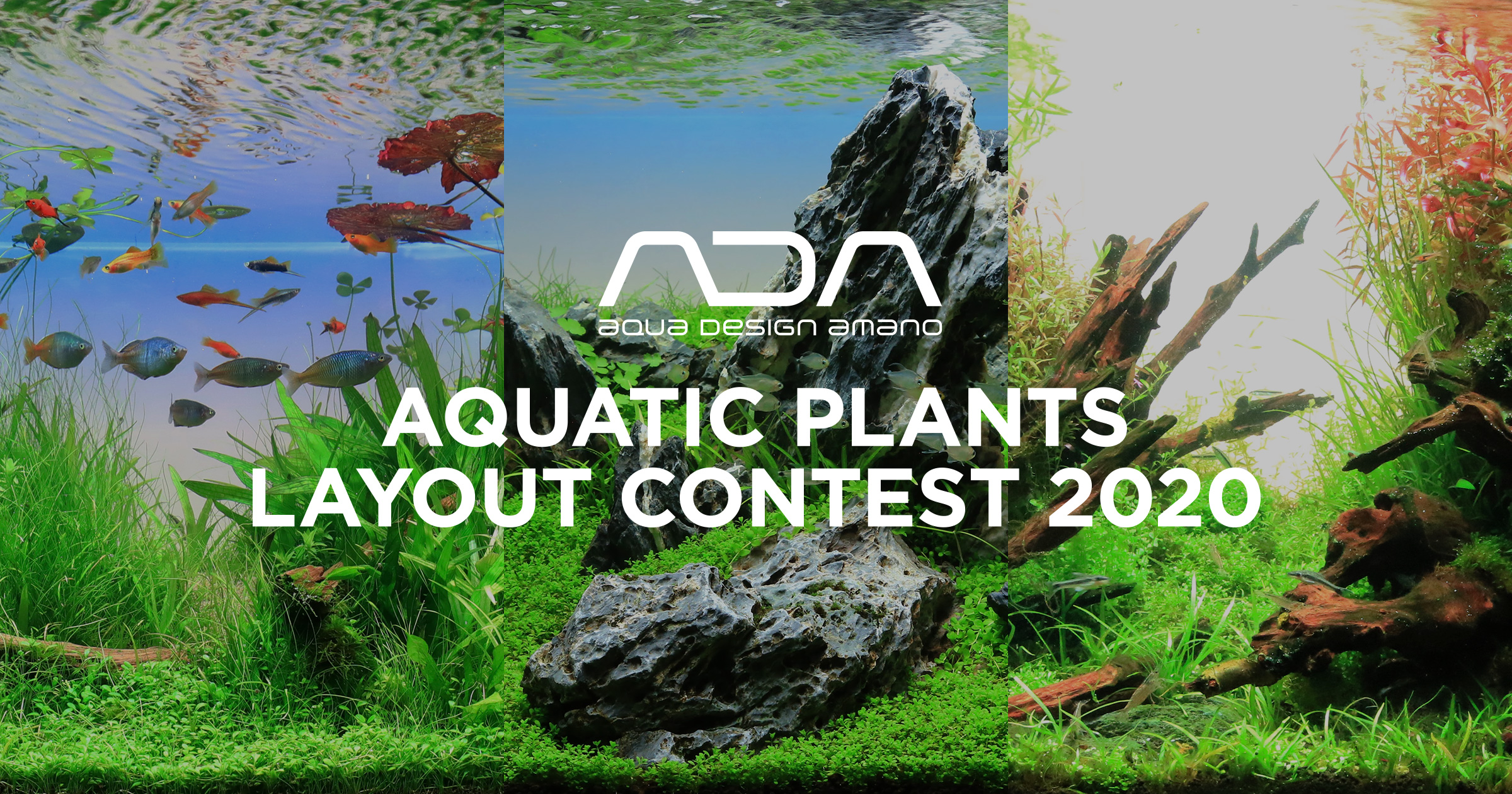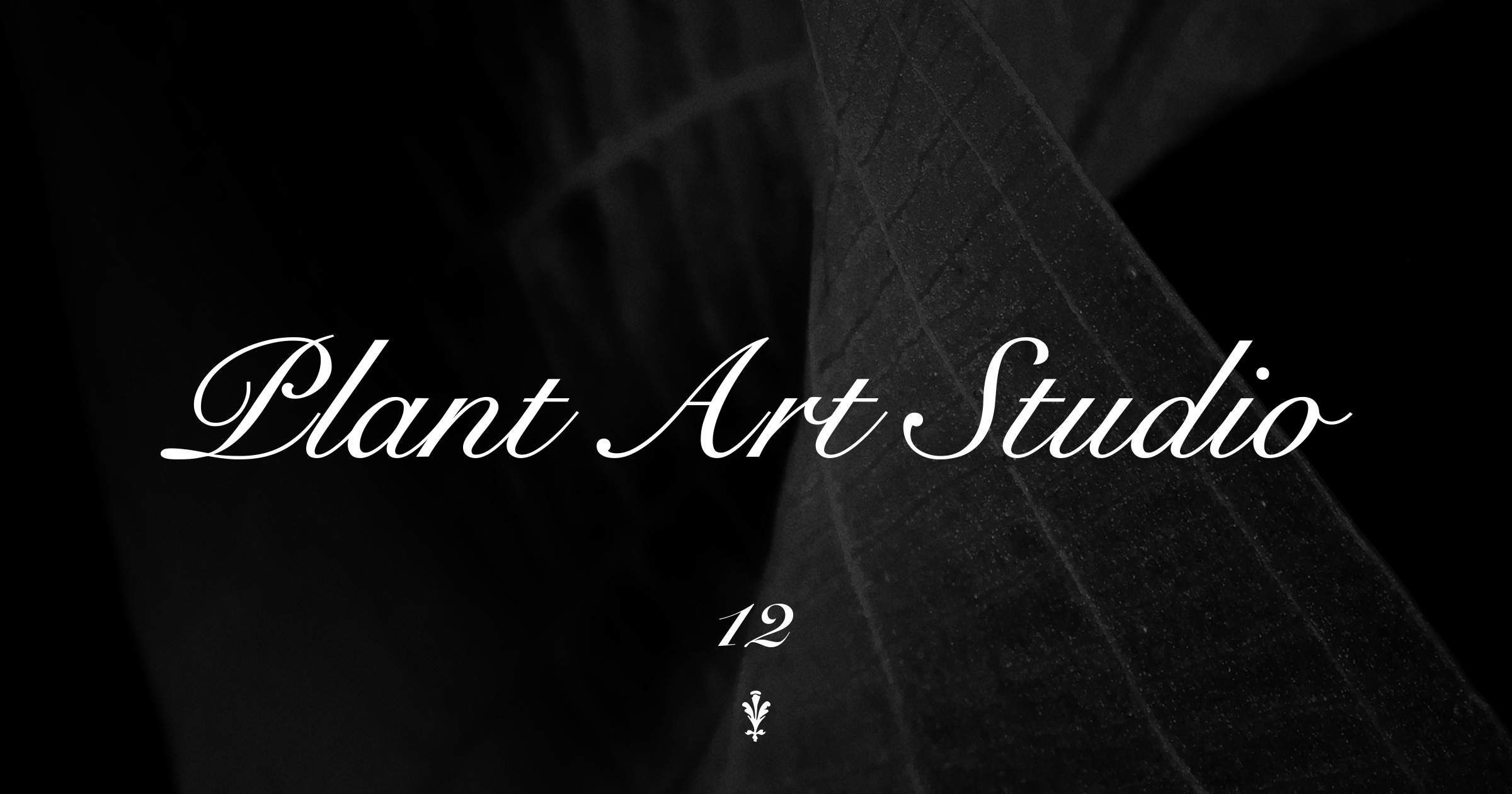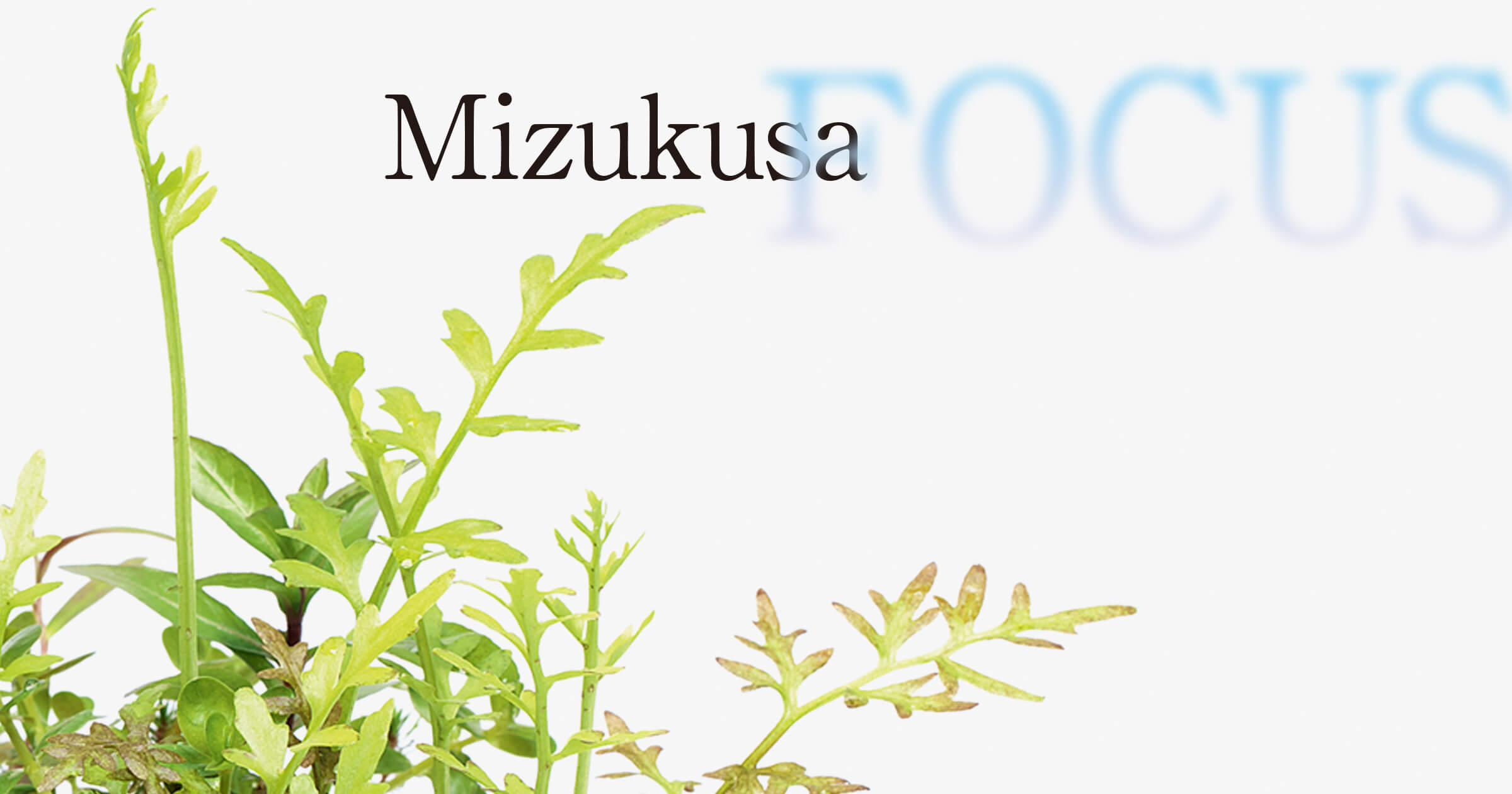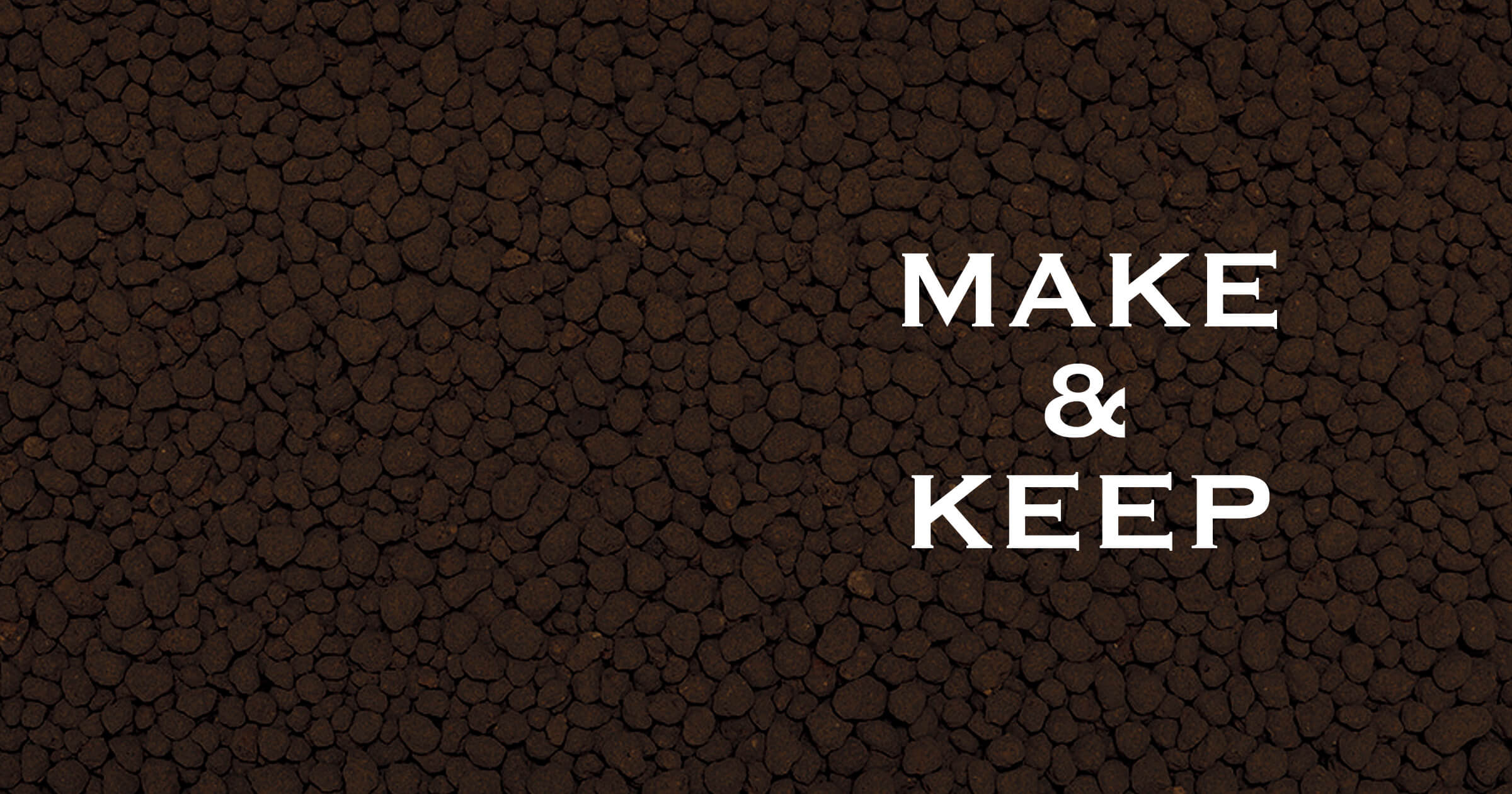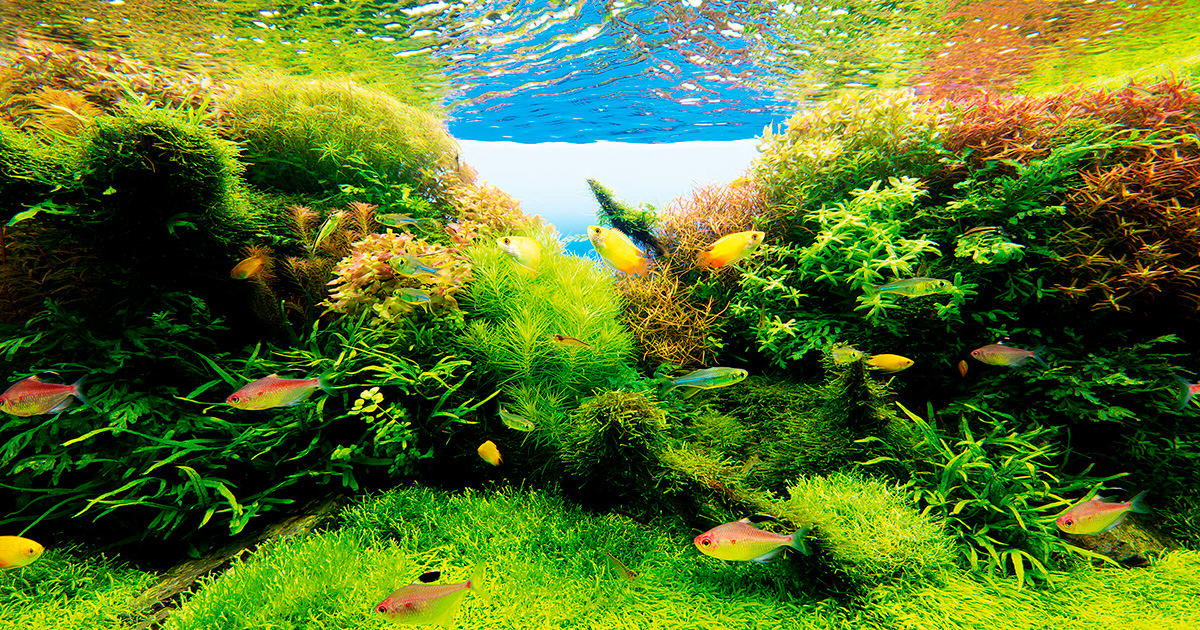FIELD REPORT IN INDIA -First encounter with an Indian Forest-
We have presented a new layout style of DOOA Aqua Terrarium since last year. This time ADA crews, in search for finding further inspiration of the layout, visited a forest in the southwestern India, where variety of plants and animals dwell, and encountered full of discoveries, stimulating our layout-making sensitivity.
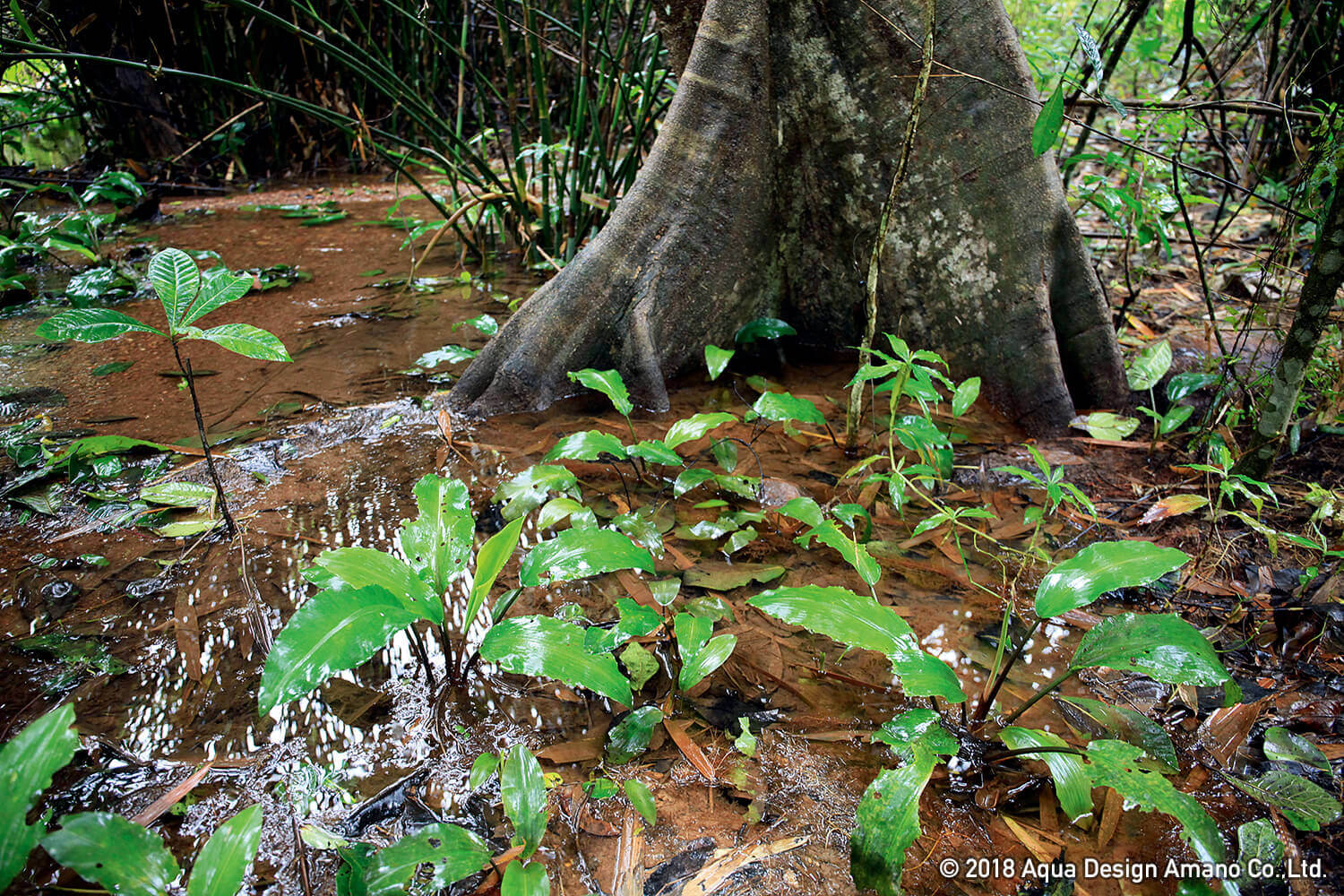
Searching for aquatic plants in high-humidity condition in the rain
Summer season in India is the image of extreme hot weather, but the area we visited is in the high plateau, constantly covered by fogs, with damp and cool climate. Therefore we could see mosses and epiphyte like orchids and ferns everywhere on trees in the so-called cloud forest. July is rainy season in this region, and it rained throughout the day intermittently. In such a 100% humidity level, we started our field trip, while tormented by numerous attacks of land leech. The forest itself is not pristine forest, but secondary forest, 50 years passed after plantation project, but it was such a valuable experience to see vegetation recovery in half a century. Everything we saw in the forest in India looked new to us, and those rich fauna and flora were always full of discovery. The south western region of India is known as one of hotspot of biodiversity, and the small but robust aquatic plants were so much inspiring. We continue to keep eyes on this region in the future.
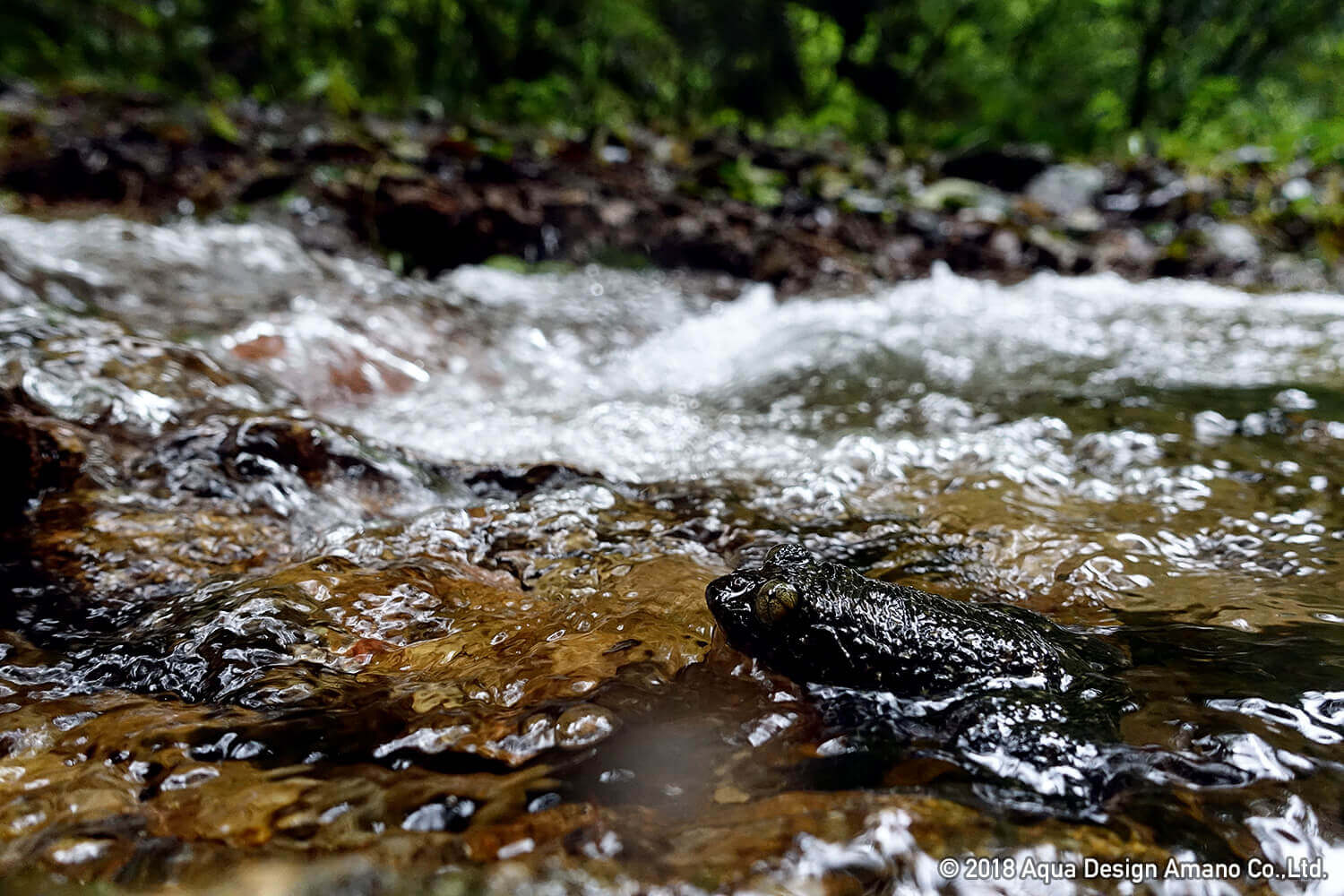
Forest environment, rich with water and green, is the perfect habitat for amphibians.
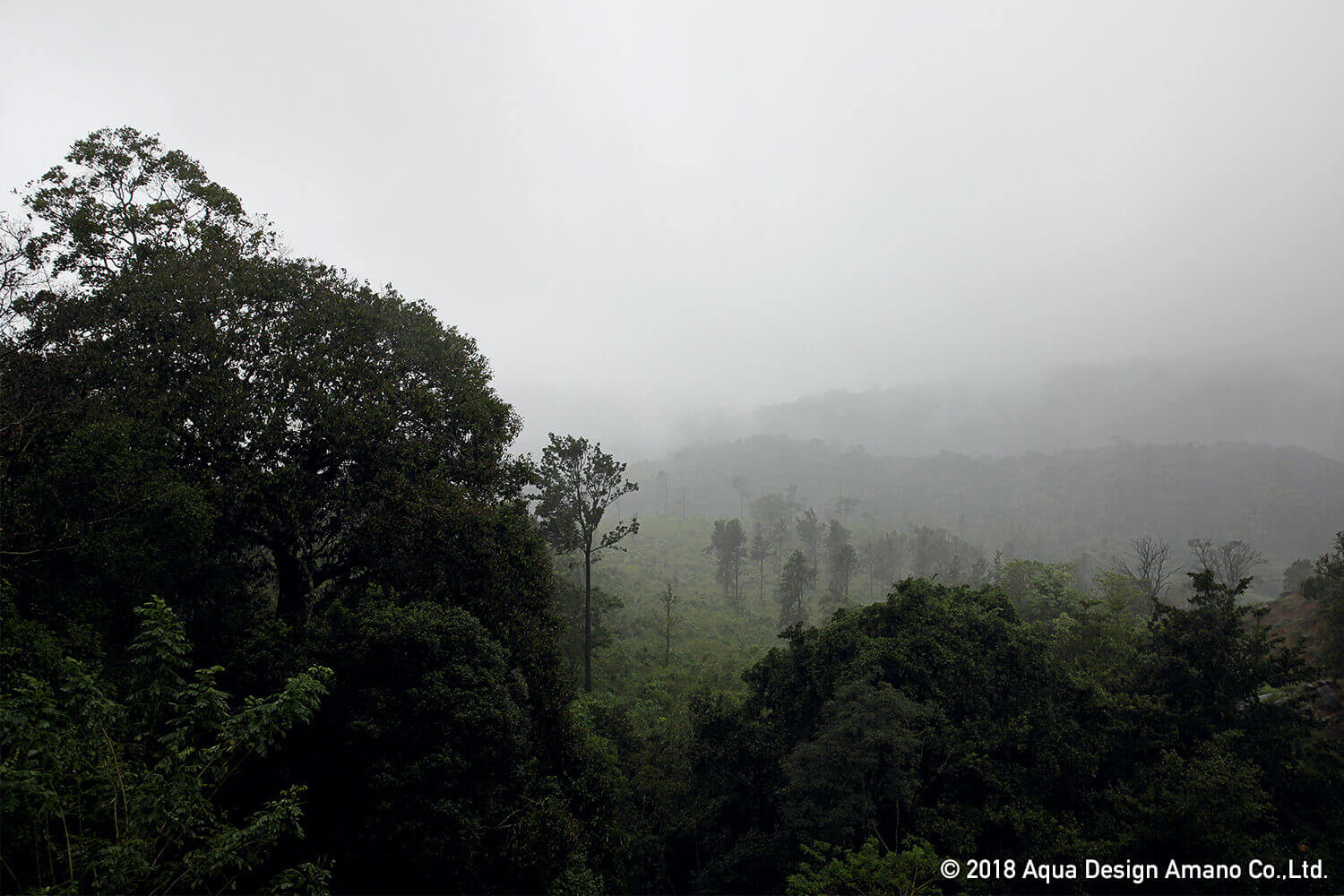
The cloud of mist creates cool and damp environment of the forest.
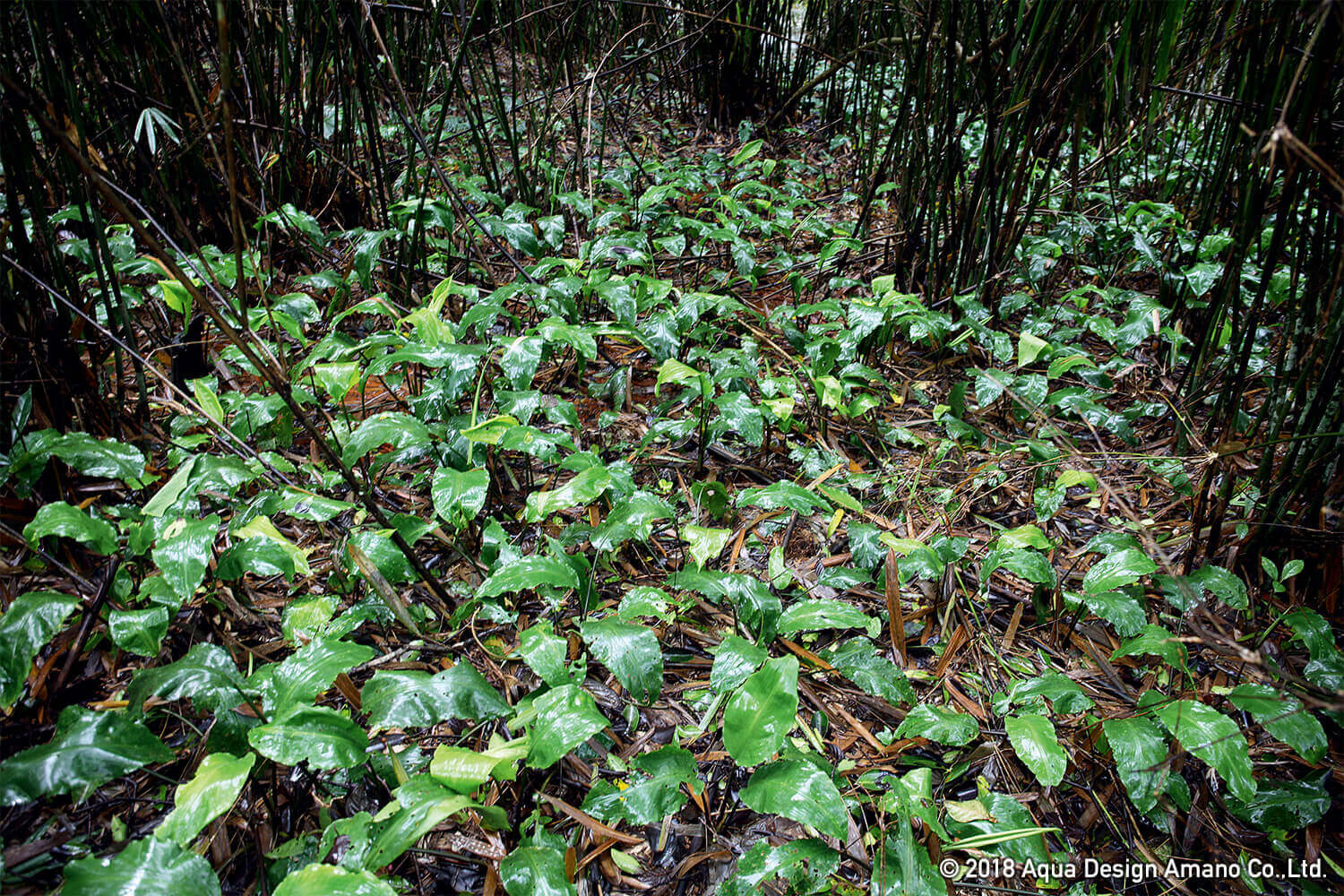
Lagenandra ovata, grown in the riverside bamboo grove, should be submerged during floods.
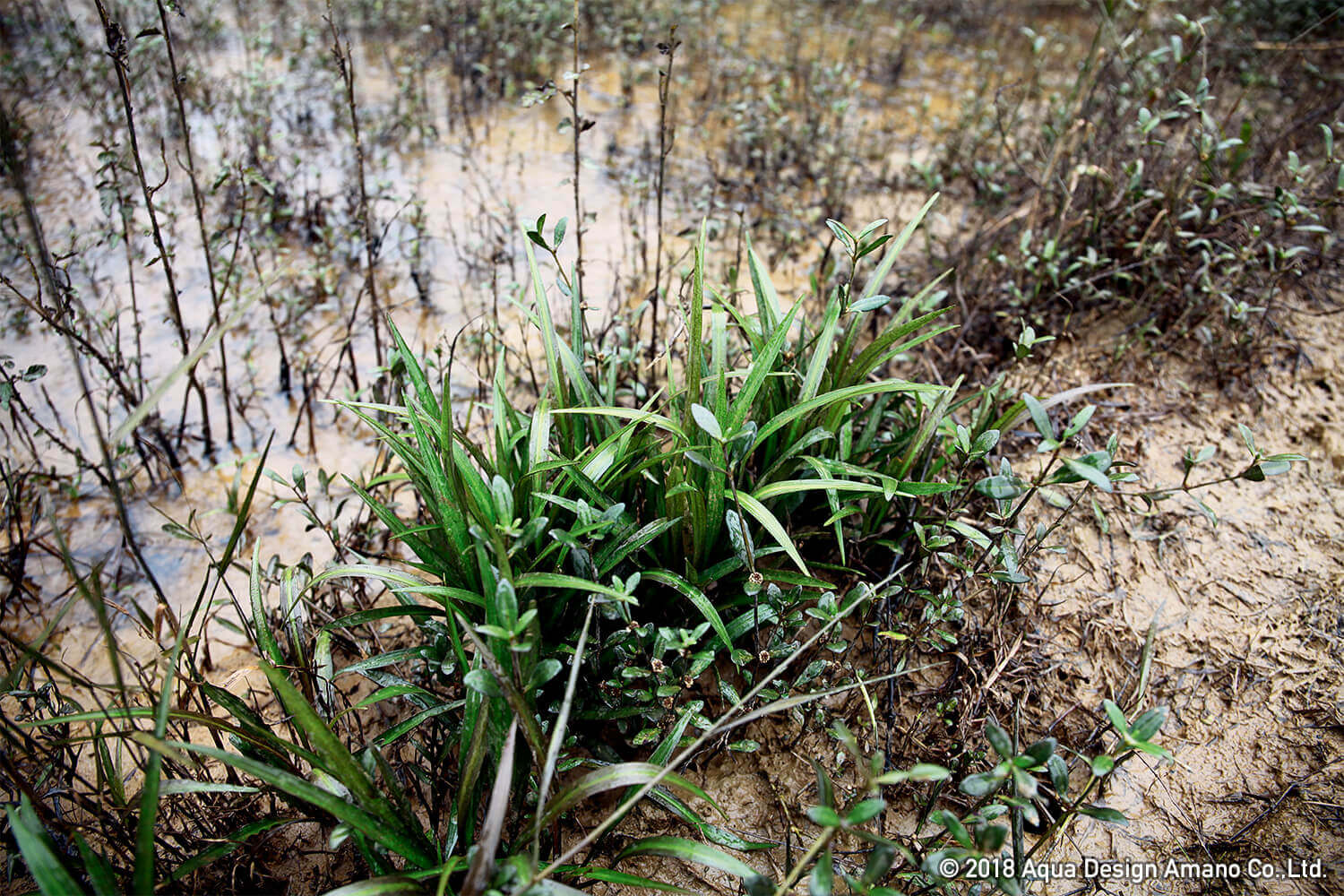
Cryptocoryne spiralis, found on the path between paddy fields while enroute to the forest.
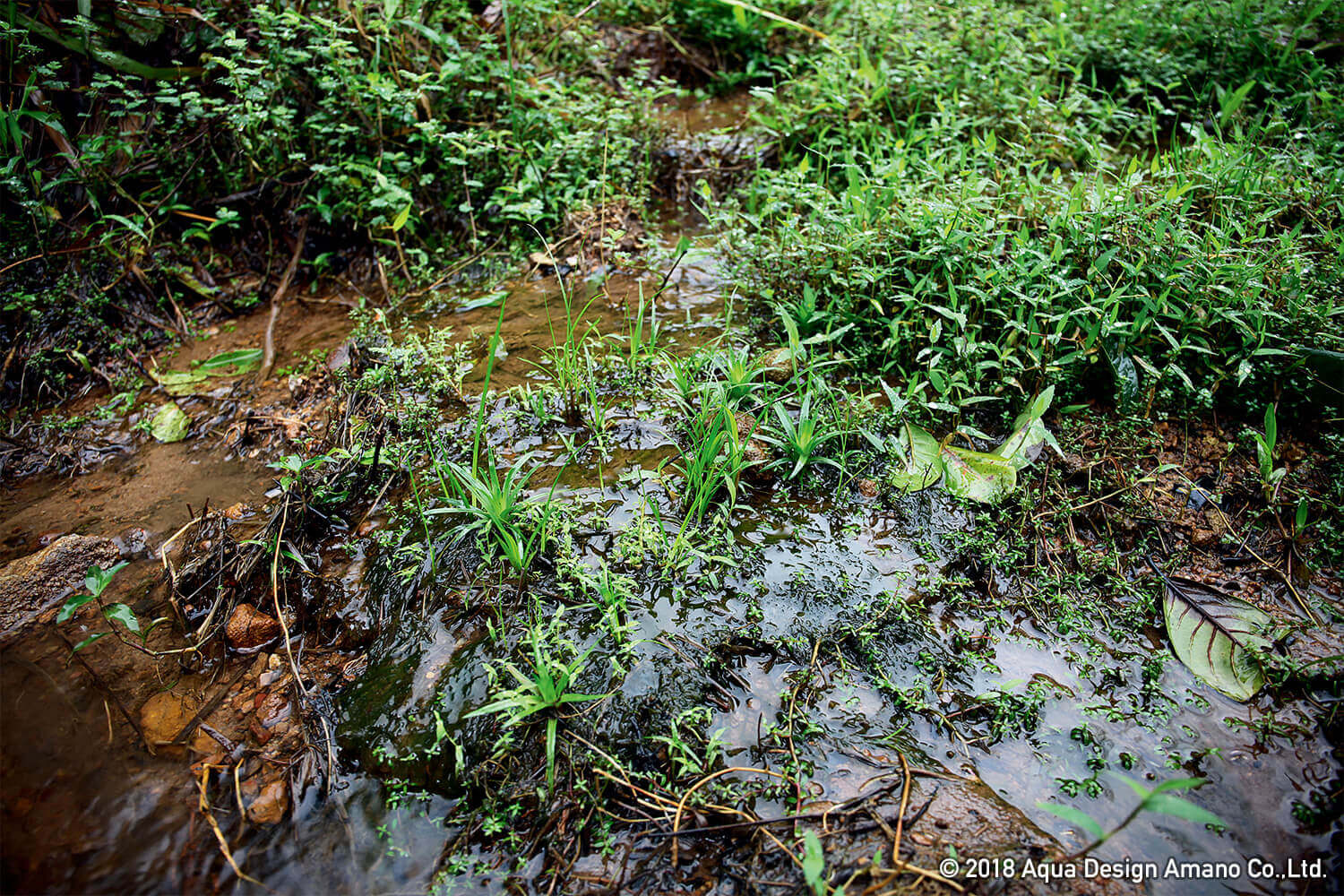
Eriocaulon found near the water spring in the forest, where we were bogged down in the quagmire.
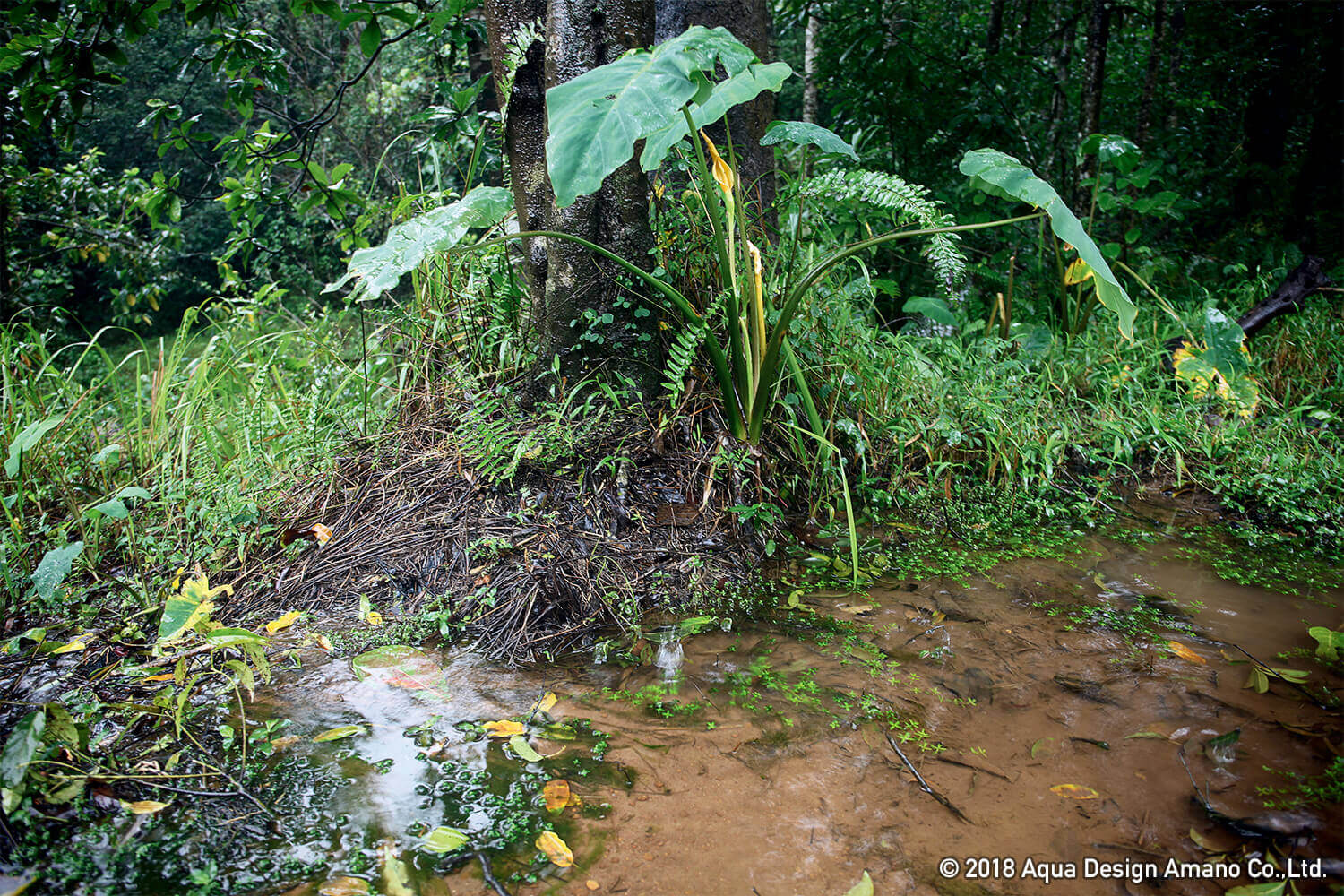
Rotala sp. ‘Wayanad’ grew naturally, along the small water passage.
